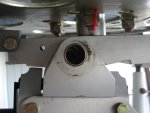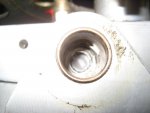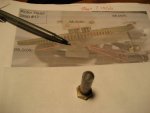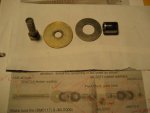hjajr
Member
- Joined
- Mar 31, 2008
- Messages
- 769
- Location
- Talihina,Oklahoma
- Aircraft
- gyro,helicopter,fixed wing
- Total Flight Time
- 3100
I believe about all the Heads use that bolt in a AN6 something.
I think I would also Contact Aircraft Spruce. maybe they bought a batch of counterfit bolts.
I have recently replaced a few bolts purchaced from them.
I think I would also Contact Aircraft Spruce. maybe they bought a batch of counterfit bolts.
I have recently replaced a few bolts purchaced from them.




